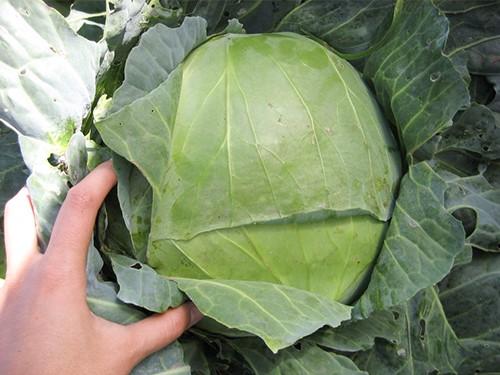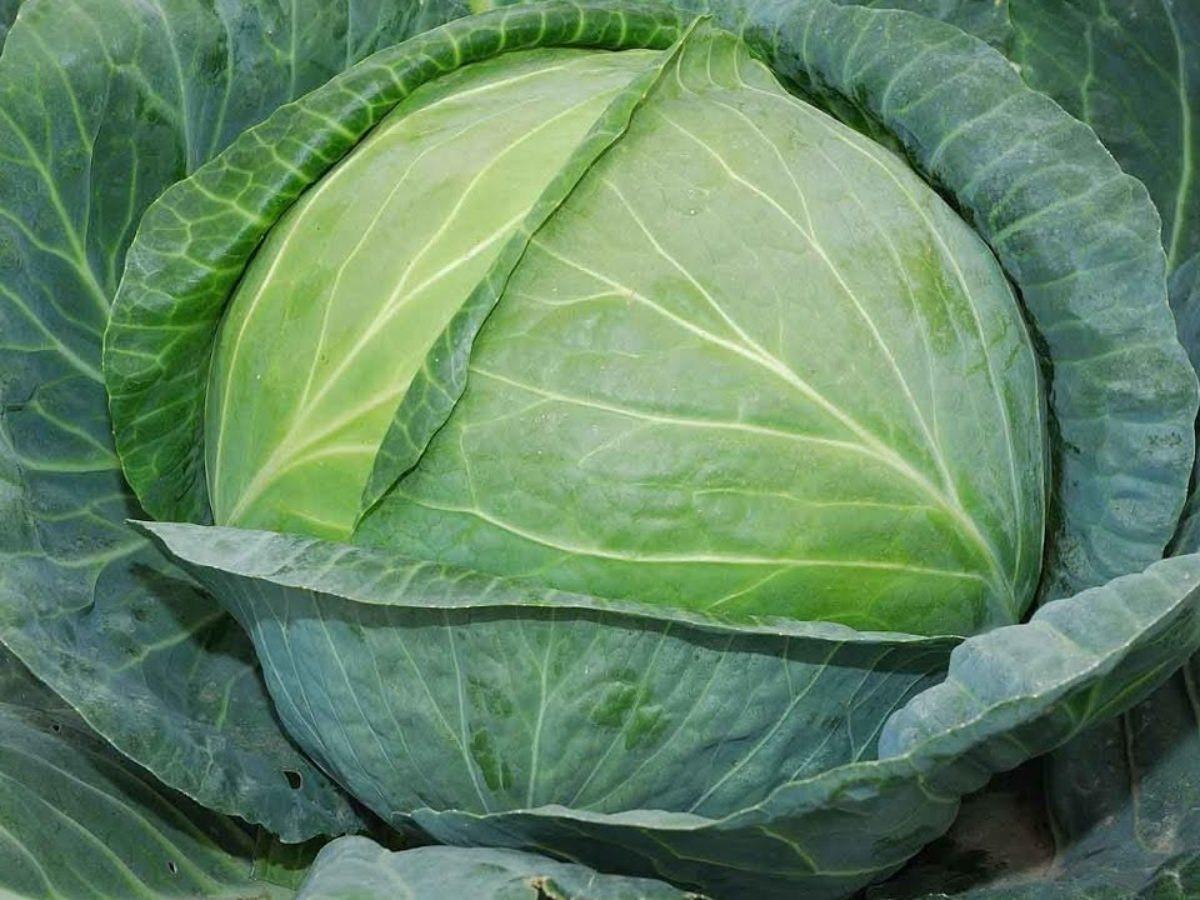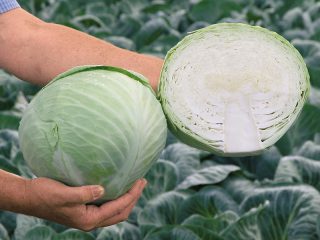Content
White cabbage varieties for Siberia are resistant to temperature changes, drought, and common diseases. A description of the most popular varieties of different ripening periods can be found in the presented article.
Climatic features of the region
Compared to most other regions, Siberia has distinct climatic features:
- The onset of summer is late - sometimes even in June there are recurrent frosts.
- Early end of summer - in August at night the temperature can drop to 5-7 degrees Celsius.
- Already in September, the first frosts in the squat layer, and sometimes snowfall, are possible.
- Summers are not only short, but often dry with little rain.
- At night, there may be a short-term decrease in temperature and strong changes with a difference of up to 20 degrees and sometimes more.
All these conditions force summer residents to choose the most resistant varieties that are suitable specifically for Siberia.They can be identified by a strong waxy coating on the leaves, as well as by the characteristics given in the description.
Early varieties of cabbage for Siberia
Early varieties are characterized by the shortest ripening time. As a rule, 3-3.5 months pass from the appearance of mass shoots to technical ripeness, sometimes a little more.
June
June (June) is one of the popular varieties suitable for cultivation in Siberia. It is not difficult to guess that cabbage got its name due to the fact that it begins to produce crops in June. Sowing of seedlings is planned for the beginning of March, focusing on a period of just over three months until ripening.
The leaf rosette is quite compact, no more than half a meter in diameter. The foliage is light green and has a slight waxy coating. The heads of this cabbage variety, suitable for cultivation in Siberia, are medium in size, weighing 2 kg. The shape is regular and round. The predominant color scheme is light green, the cut is white and yellow. The average yield is 3-5, sometimes up to 7 kg per square meter.

Cabbage ripens in early summer
Zarya
Zarya (Dawn) is another cabbage variety that is suitable for growing in Siberia. Produces a small leaf rosette. It reaches a little more than 30 cm in diameter. The leaves are small and the petioles are short. The color is green, there is a slight waxy coating on the surface.
The forks are aligned, the density is average, the shape is round. The color is mainly light green, while the cut is white with a yellowish tint.

Heads of cabbage are small in size, average weight is within 2 kg
Zarya cabbage is quite juicy, valued for its very pleasant taste and fairly good yield - about 5 kg per square meter.
Hope
Another cabbage variety for Siberia that can be grown in open ground is Hope. It belongs to the hybrid varieties, therefore it tolerates temperature changes and other negative weather factors well, and is also resistant to various diseases. The foliage is round in shape, with pronounced wrinkles and wavy edges.
The forks of this cabbage variety are quite large for Siberia, weighing 2.5-3.5 kg. The color is predominantly light green, while the cut is pure white. Productivity is one of the highest and reaches 12-14 kg per square meter. The taste is excellent - this cabbage is pleasant both fresh and pickled. Another plus is resistance to various diseases, including clubroot.

The Nadezhda cabbage variety is suitable for growing in Siberia and produces plugs that can be stored for up to five months
Mid-early varieties of white cabbage
Mid-early varieties of cabbage are also quite suitable for cultivation in the climatic conditions of Siberia. They usually ripen in four months - the first harvest appears in July.
Bronco F1
Bronco F1 (Bronco F1) is a medium-term hybrid. The heads of cabbage ripen within four months after the seedlings appear. Rosettes of leaves rise slightly above the ground. The leaves are small, dark green in color, and have a moderate waxy coating on the surface.
On average, heads of this cabbage variety, which is suitable for cultivation in Siberia, weigh 2.5 kg.

The yield is quite good and amounts to 5-6 kg per square meter
The forks ripen together, their shape is even, so cabbage can be grown, including for sale.Other advantages include resistance to fusarium, as well as cracking.
Rotunda F1
Rotunda F1 (Rotunda F1) is another mid-early hybrid that can be grown in the climatic conditions of Siberia and other regions. Produces round heads with light green foliage. It takes from 3 to 4 months to ripen (counting from the appearance of sprouts).

Each fork weighs an average of 3 kg
Can be stored for up to 4-6 months. The outer and inner stalks are small. The leaves are medium sized, sometimes large. The edges are slightly wavy; there are subtle bubbles on the surface. The color is gray-green, a moderately pronounced waxy coating is noticeable.
Mid-season varieties of white cabbage
Representatives of this group ripen a little later than the mid-early ones. They produce a harvest in an average of 120-140 days from the moment of mass shoots. In the climatic conditions of Siberia, harvesting usually begins at the end of August.
Present
Gift (Present) is a medium-ripening variety, forks form in 120-135 days. The leaf rosettes rise slightly above the ground and have a small diameter. The foliage is oval or round, medium in size. The color is gray-green, with a rather pronounced waxy coating visible.
The pulp has a dense consistency, the shape of the heads of cabbage is round, often flattened. The size of the forks is average, although the weight due to the high density is large - 2.5-4.5 kg. The stalks are small in size. The yield is 9-10 kg.

The variety has a very high marketable yield - 98%
Anniversary
The Anniversary cabbage variety produces a harvest in 140 days, i.e. in about 5 months. The rosettes partially rise above the surface, the foliage is wide, convex in shape, with a pronounced waxy coating.It is thanks to this that plants survive bad weather and lower temperatures well, which makes it possible to grow them in Siberia.
The bushes are quite compact, the forks are also not too large - on average they weigh 2.5 kg, sometimes up to 4-4.5 kg. The pulp is quite dense, the leaves are juicy. The taste is rated as excellent. The shelf life is up to 5 months. The heads of cabbage are not only shelf-stable, but also transportable. Well suited for winter preparations.

The yield of the variety is 4 kg per square meter
Siberian
The mid-season cabbage variety for Siberia is Siberian. Produces moderately large forks with a diameter of up to 25 cm. Their average weight reaches 3.5 kg. The shape is round, it can also be rounded-flat. The color is pale green, pure white when cut. The pulp is dense, quite juicy, with good taste.
The plants are very resistant to low temperatures, so they can be grown in Siberia and other regions with cool summers. In addition, the forks do not crack and, if the conditions are met, are stored for 3-4 months. The purpose is universal: can be eaten fresh and used in preparations.

Siberian is one of the most temperature-resistant varieties
Mid-late varieties of white cabbage
These varieties mature in almost five months. The harvest is usually harvested at the very beginning of September, when it is still quite warm. The most popular varieties that are suitable for Siberia are described in the following sections.
Megaton F1
Megaton F1 (Megaton F1) is a highly productive hybrid variety with a yield of up to 10-12 kg per square meter. Such a large figure is explained by large forks, the weight of which reaches 4-8 and even 10 kg. The heads of cabbage are round in shape with dense pulp and a small stalk.The color is light green on the outside and pure white when cut.
The fruits last well until January and are characterized by high transportability. Suitable for fresh use, as well as for preparing preparations. You can grow both for yourself and for sale.

Megaton F1 is one of the most productive varieties
Thomas F1
The mid-late hybrid Thomas F1 ripens within 150-165 days from the moment of full germination. Leaf rosettes rise above the surface. The leaves are medium in size, gray-green in color, and have a moderate waxy coating. The edges are slightly wavy, the surface is slightly bubbly.
The forks are small, the average weight is 2-2.8 kg. The density is high - 4.5 points out of 5. The taste is characterized as excellent.
The hybrid is characterized by good immunity to fusarium, as well as resistance to night frosts. This allows it to be grown in Siberia and other regions with unfavorable climates. It is worth noting that the marketable yield exceeds 95%, so the crop can be cultivated not only in personal plots, but also in farms.

Productivity is 3-5.5 kg per square meter
The best late-ripening varieties
Late-season varieties ripen the longest - approximately 5.5 months after full germination. The harvest can only be harvested in mid-September, so it is recommended to plant seedlings in the ground already in the first ten days of May. Among the most popular varieties are the following: Krumont, Extra F1, Prestige F1.
Crewmont
Hybrid Crumont forms fruits 170 days after germination.Rosettes of leaves of semi-raised type. The color is gray-green, with a well-defined waxy coating. The heads of cabbage are bluish-green on the outside, pure white when cut.
The dimensions are small, weight on average 2 kg. The outer stalk is medium in size (up to 23 cm in length), and the inner stalk is short. The yield of this variety is quite good for Siberia and is about 5-7 kg. Another plus is uniform ripening and approximately the same size of forks. The taste is initially slightly bitter, but becomes sweet over time.

Crumont is great for long-term winter storage
Extra F1
The Extra F1 cabbage variety tolerates low temperatures well, so it is suitable for growing in Siberia. The heads of cabbage are medium in size, weighing 2.5-2.8 kg. The color is rich green, the cut is white with a yellowish tint. Taste qualities are characterized as excellent. The harvest can be stored for 7-8 months.

Extra F1 is resistant to bad weather due to its strong waxy coating
Prestige F1
The late cabbage variety Prestige F1 can also be grown in Siberia, since the harvest is harvested after 160-170 days. Leaf rosettes of a raised type, medium-sized foliage with an intense waxy coating. The heads of cabbage are large, round in shape, weighing 2-3 kg. The density is high, the taste is good.
Conclusion
White cabbage varieties for Siberia can be grown in almost any weather conditions. Modern achievements of breeders have made it possible to obtain crops that are resistant even to significant decreases in temperature. Therefore, gardeners can safely consider not only early and middle, but also late-ripening varieties.








